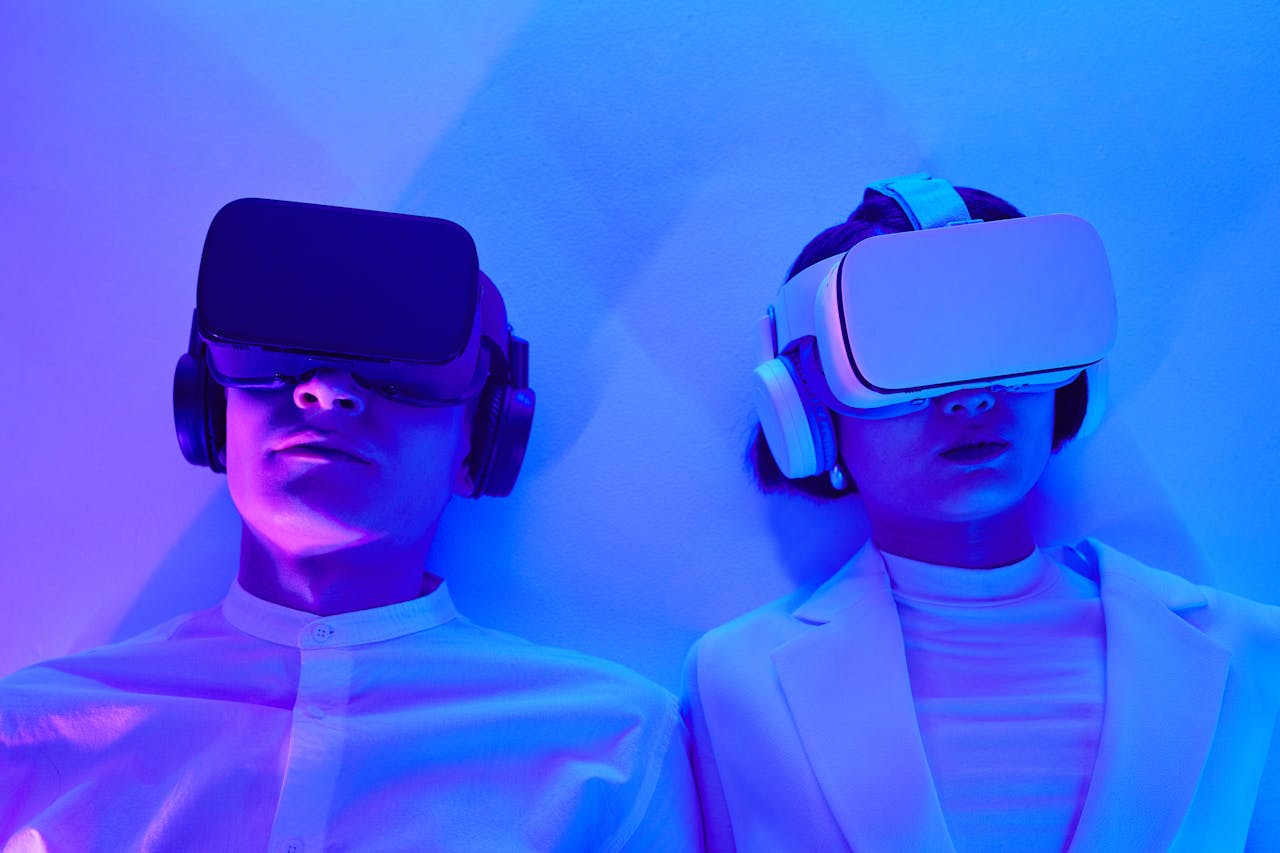The Metaverse and Urbanization: Virtual Cities vs. Physical Spaces
Technology advancements are transforming urbanization from its original physical manifestation into virtual environment development.
Through its digital universe people can now interact with one another using avatars to redefine city building and occupation.
The emergence of virtual cities flies against basic assumptions about space and the economy together with community structures traditionally addressed through physical urban development.
The Rise of Virtual Cities
Virtual city development in the metaverse is speeding up because people can now use these spaces to socialize while conducting business while learning and being entertained.
The virtual real estate market on DE central and The Sandbox together with Horizon Worlds from Meta permits users to acquire plots of land and host digital gatherings as well as foster virtual communities.
The geographic boundaries do not limit virtual cities so users from every corner of the planet can meet in a single digital space.
The advantages of virtual cities provide people with several beneficial features.
- All people with internet access can join without traditional physical restrictions which makes virtual participation easier than physical movement.
- The technology consumes no physical infrastructure thus it operates without creating carbon emissions.
- Virtual spaces allow users to exceed physical boundaries by designing environments that fuse real estate freedom and virtual dreams and science fiction builds.
The use of virtual cities brings challenges because users must deal with data privacy threats and digital inequalities which arise in addition to uncertainty about global governance frameworks.
Physical Urbanization vs. Digital Expansion
The main factors which formed traditional urban development include industrialization together with economic growth and human population movements.
The infrastructure combined with resources and regulatory bodies of physical cities drives their development process.
The fast pace of urban growth has resulted in population density increases together with environmental pollution and increased prices for living expenses.
Registered users control virtual urban assets by utilizing block chain features of digital environments.
Virtual spaces enable different uses including professional work and leisure activities yet they cannot provide basic urban needs such as home residences along with food supply and healthcare together with transport systems.
The definition demonstrates that physical and virtual spaces operate as separate domains which support each other instead of competing.
Many governments together with organizations actively understand how the Metaverse influences urban planning processes.
Digital twins serving as virtual multiple versions of physical cities now help several municipalities implement infrastructure projects and direct urban management.
The Future: Coexistence of Virtual and Physical Spaces
The main factors which formed traditional urban development include industrialization together with economic growth and human population movements.
The infrastructure combined with resources and regulatory bodies of physical cities drives their development process.
The fast pace of urban growth has resulted in population density increases together with environmental pollution and increased prices for living expenses.
Registered users control virtual urban assets by utilizing block chain features of digital environments.
Virtual spaces enable different uses including professional work and leisure activities yet they cannot provide basic urban needs such as home residences along with food supply and healthcare together with transport systems.
The definition demonstrates that physical and virtual spaces operate as separate domains which support each other instead of competing.
Many governments together with organizations actively understand how the metaverse influences urban planning processes.
Digital twins serving as virtual multiple versions of physical cities now help several municipalities implement infrastructure projects and direct urban management.

Economic and Social Impacts of Virtual Cities
Virtual cities transform how people interact economically and socially through major shifts in economic and social patterns.
Metaverse takes shape through digital real estate markets alongside virtual job opportunities and crypto currency-driven economic systems which both help create this virtual world.
Modern businesses create virtual offices and organize digital events alongside digital product sales which enables new money streams.
Virtual cities enable worldwide engagement between people who otherwise would not interact that creates fresh social bonds and shared digital cultures.
The major obstacles to virtual city development stem from digital inequality and cybercrimes together with the mental health consequences of deep screen immersion.
Frequently Asked Questions (FAQs)
1. Can virtual cities replace physical cities?
The adoption of virtual cities enables better development of physical urban areas rather than taking their place.
These platforms offer specific career possibilities and social interaction alongside entertainment services but lack essential fundamental physical buildings such as homes and medicine and food throughout their whole virtual domain.
2. Which rules determine the acquisition of virtual real estate properties inside digital urban areas?
Through block chain networks individuals conduct transactions of digital real estate properties using metaverse crypto currency tokens.
Virtual land owners build digital buildings first and generate profits by hosting events and placing ads on their properties or by renting virtual properties to others.
3. What main challenges stop the growth of virtual cities during their development?
Virtual cities encounter significant developmental problems combining exploitable privacy breaches of data alongside cyberspace threats which are supplemented with technological barriers for universal resident access and requirements for decentralized governance systems combined with psychological effects on human actions from virtual immersion.
Also read: The 15-Minute City Concept: Revolutionizing Urban Living

